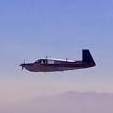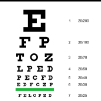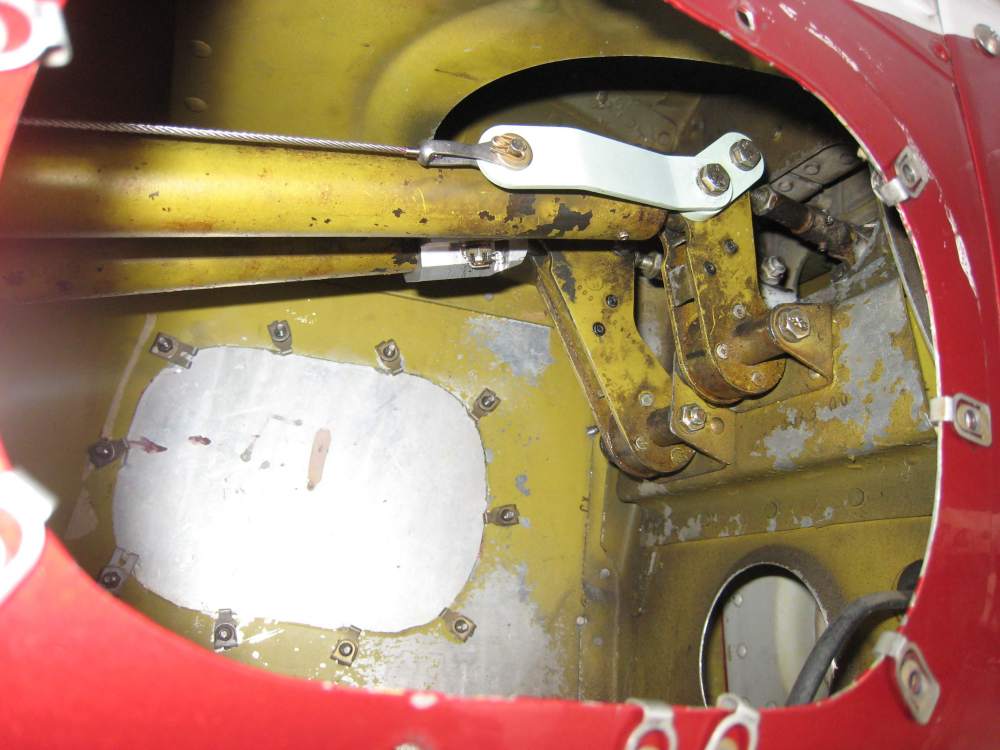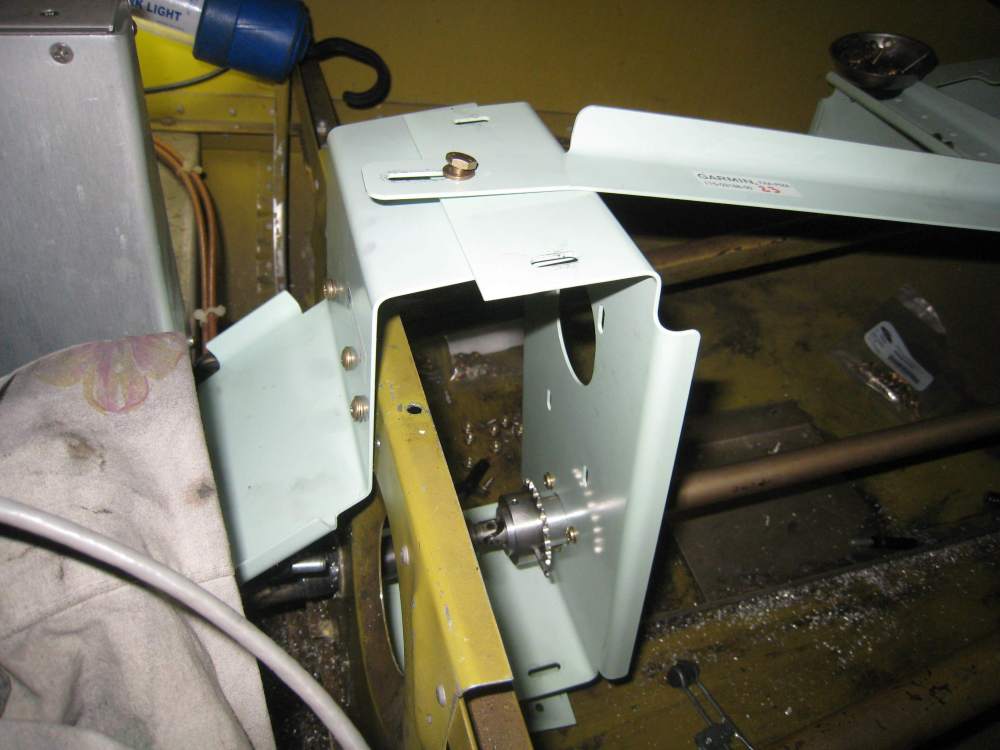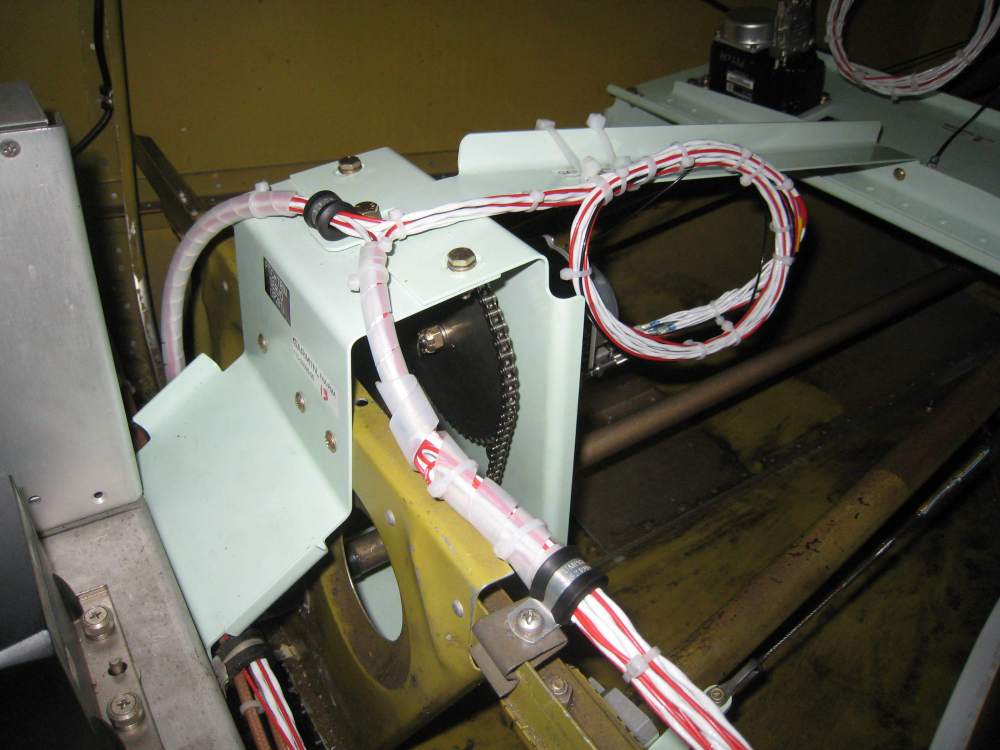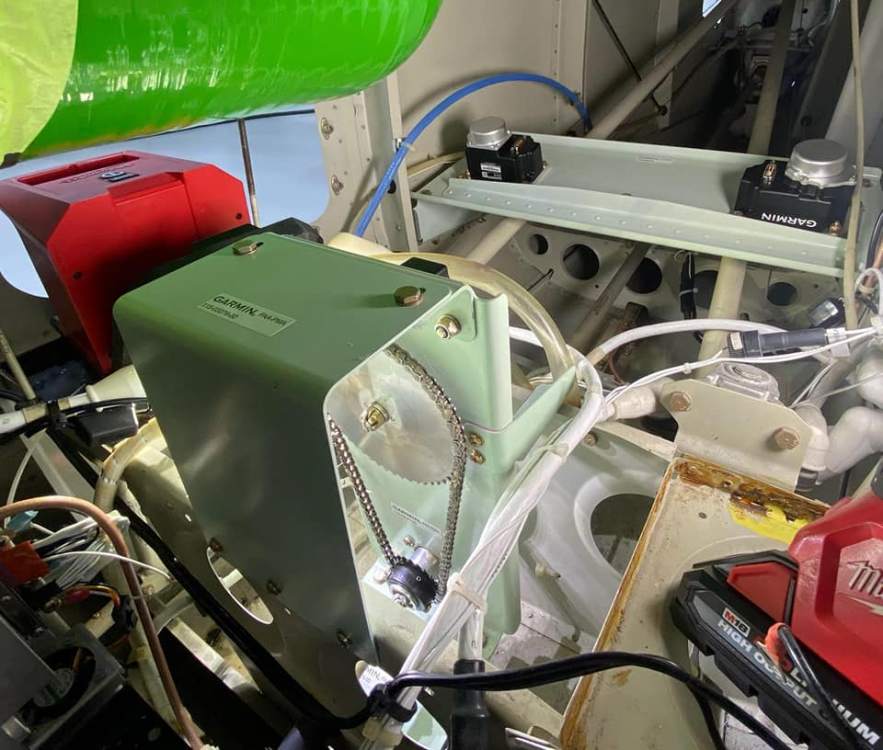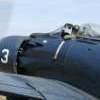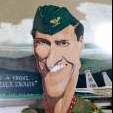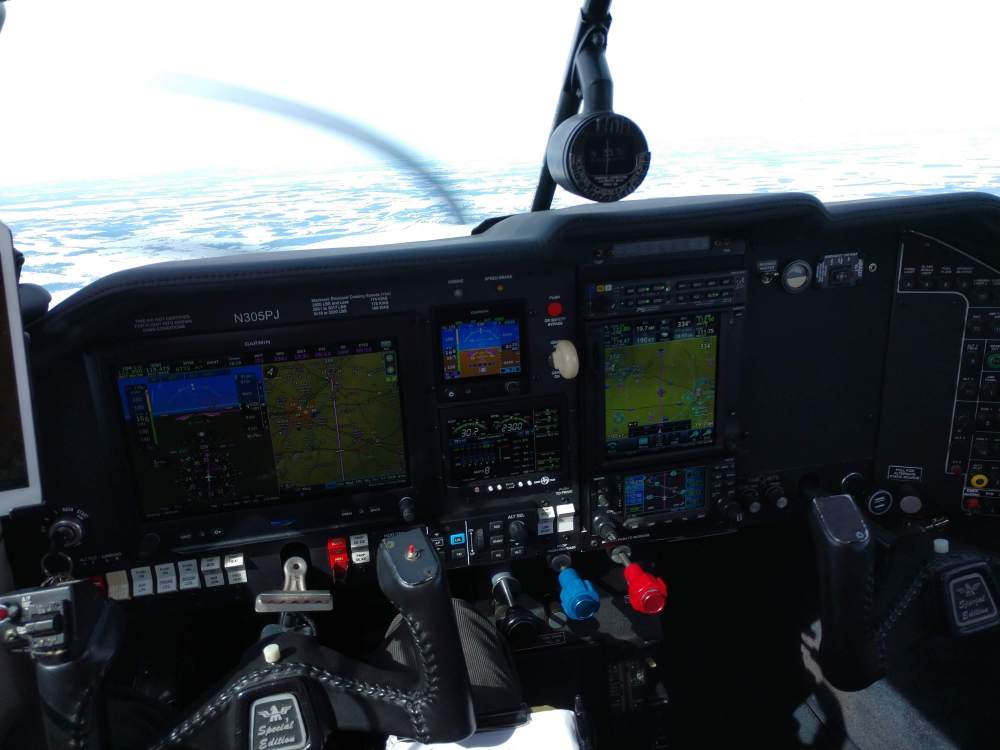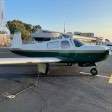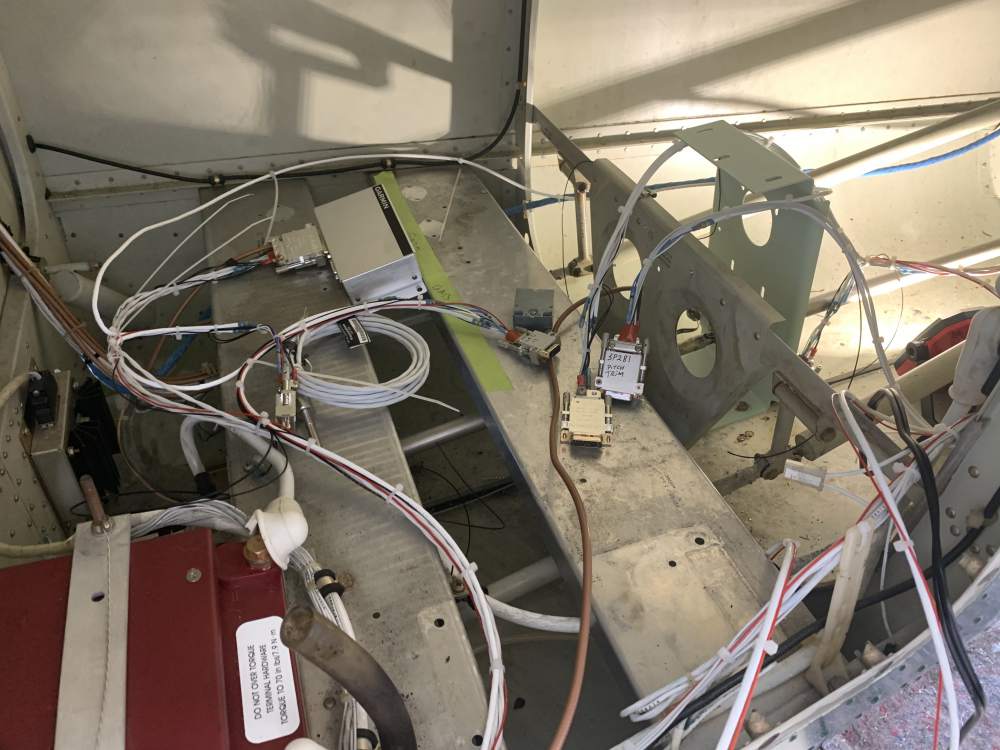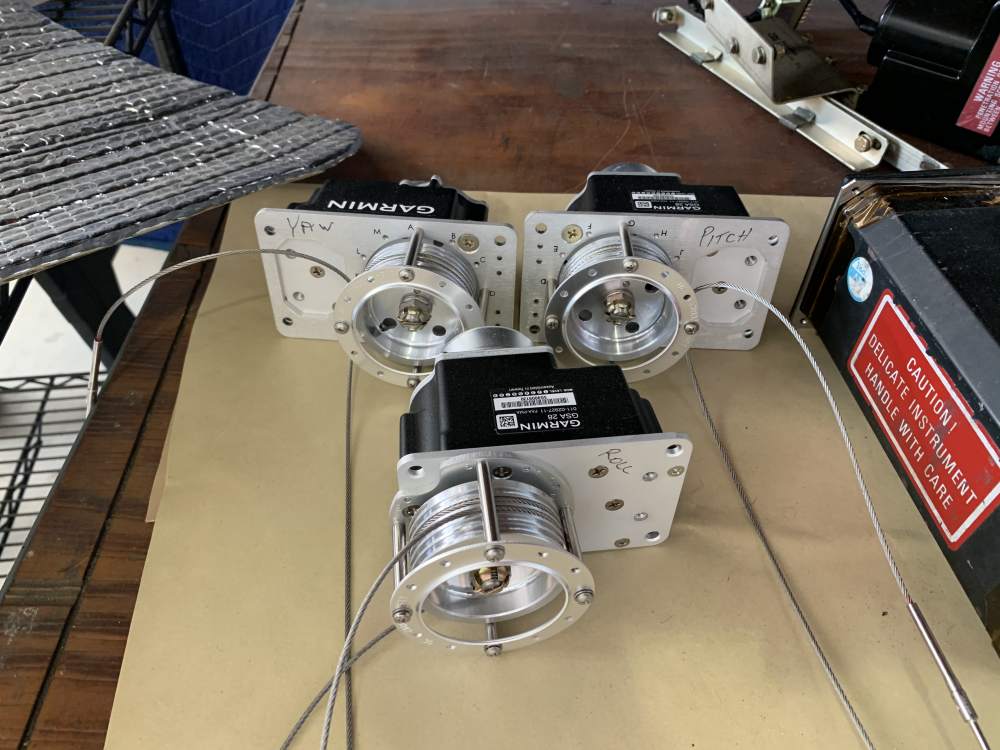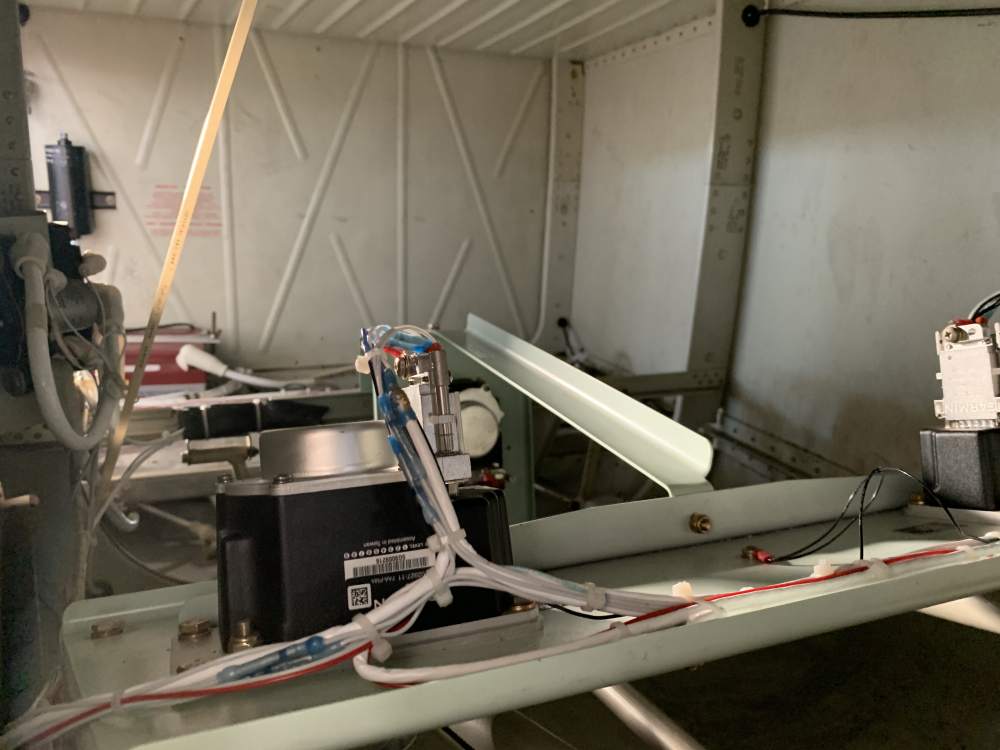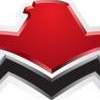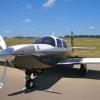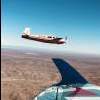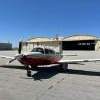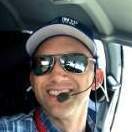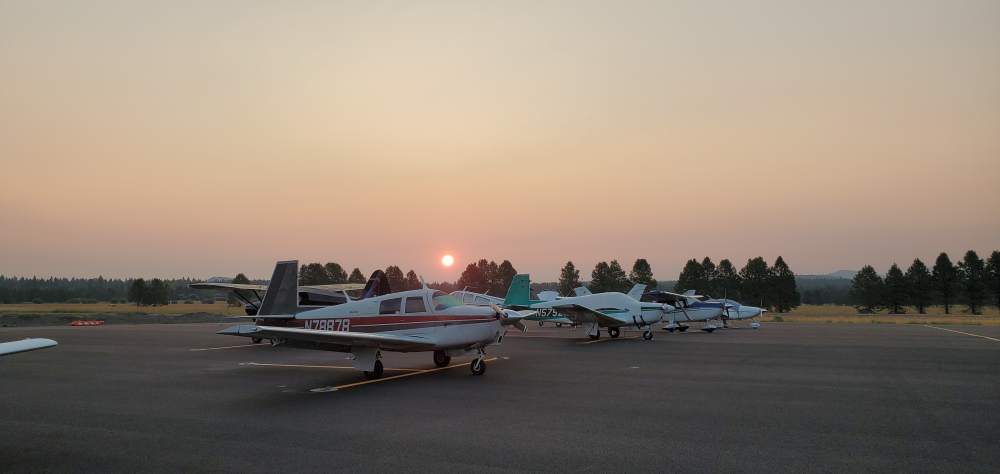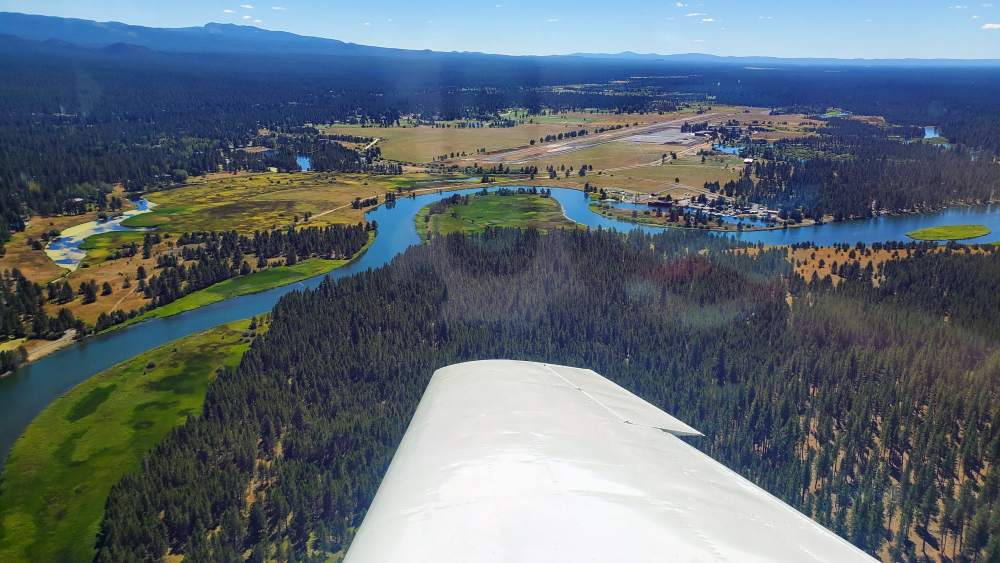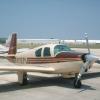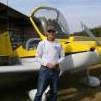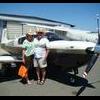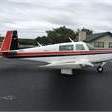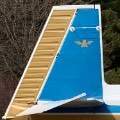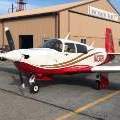Leaderboard
Popular Content
Showing content with the highest reputation on 04/03/2021 in all areas
-
I’m waiting for the weather to get hotter to get a better feel for how things are now, but it seems that blow-by from glazed chrome cylinders was the primary cause of my elevated oil temps... probably the reason the prior owner parked the plane only 70 hours after overhaul. Oil consumption was nearly at Lycoming’s max allowable per hour. I replaced all four cylinders, and even during the initial break-in runs the oil temp never climbed above 185 F. I had also been using an oil/air separator as a bandaid to control oil consumption, which I have since removed. I’ll report here when I’m in the clear, but it’s looking pretty good.4 points
-
I still think the Mite’s Wig-Wag, rotated 90 degrees, with a through length sufficient to smack the pilots forehead is a good idea.4 points
-
3 points
-
On an airfield, one day, my wife says: The others do not have the same tail as you, I could recognize you... So for me, the explanation is that Al thought about pilot women.3 points
-
Thank you for your order. You're going to love the PMA450B! The last audio panel you'll ever need.3 points
-
My actual cost at AATG, parts, installed, flown away complete: G3X touch 10.6" $13,500 GFC500 2 axis $10,742 Pitch trim installed: $3011 G5 backup installed: $3253 Total $30,496 Reading it right off the quote and I paid not a dime more. Not shown above was a GTN750, GTX345R, EDM900 Primary, all installed at the same time. Paid exactly the quoted price for all.3 points
-
2 points
-
Lycoming specifies on the TIO540AF1B for the Bravo that it should be changed every 25 hours. The Mooney Maintenance Manual also spells that out.2 points
-
With enough time and effort, you can cut the new panel yourself. @"Chocks" and I did mine. It was a combination of some $5 Lexan pieces from HomeDepot for practice templates, a free EAA copy of SolidWorks and some time spent learning to use it, laying out the panel in SolidWorks, take the file to a metal shop, they cut the panel out of aluminum and put the radius curve on the bottom. It was painted at home and then to a "trophy" shop to get laser engraved. Total cost, about $300 and a case of beer.2 points
-
Removed and replaced with a blank piece. I could not accept an inop equipment in my plane !2 points
-
Contrary to common belief, a conventional tailed aircraft can be stable in pitch with either an upload or a download on the tail. To find out you must calculate all the pitching moments on the aircraft for a given condition. Aerobatic airplanes with symmetrical airfoils would almost always require a lifting force on the tail (I've done a stability analysis on most of the current unlimited level monoplanes, and some aerobatic biplanes). I don't know about the Stearman specifically, but it could require a lifting force on the tail due to low wing loading and long fuselage (fuselage is destabilizing in pitch) depending on how much pitching moment the airfoil has.2 points
-
Cliffy- you use the “@“ and then start typing their name, then select the individual. Example: @Blue on Top Cliffy has a question about elevator deflections, above.2 points
-
the numbers are in, Ovation led lights installed,2 lights per side. went with whelen light wat and taxi lights, its a major PITA to install, have a fat hand. Current drain with all lights on, par 36 lights was 28 amps total with landing and taxi on, 7 amps per bulb. With LED,s installed current dropped to 4 amps total. 1 amp per lights. impressed with results and not a real technical challenge for the average person to do2 points
-
@Andy95W I would estimate both. Al was an avid reader/learner and designed his first airplane professionally at the age of 19. All of his work at Culver with elliptical wings and leading edge slots culminated in the M20 wing design. Of course this is with his brother Art adding in the manufacturing portion. The Al Mooney M20 wing (the wood wing) development is documented in a very interesting Mooney document. The wing has a very close to perfect elliptical lift distribution. Preliminary design of the M20 was actually completed in Wichita. Al and Art knew their stuff2 points
-
Wow! It's the only word I can say after reading this whole thread. Everyone is close, but ... that only works for horseshoes and hand grenades (like we used to say in grade school). All y'all nailed the strutted, high wing Cessnas and the Lark, so let's get to the Mooney tail. Note: The Mooney tail aerodynamics visualized my be my last "The Mooney Flyer" article for a while ... hopefully in the May issue. Let's go ... Rule #1 - EVERYTHING in design is a tradeoff. Forget the leading and trailing edge sweep angles as they really don't matter. What really matters (aerodynamically) is the 25% chord line. Since Mooney surfaces are all straight tapered, measure 25% aft from the leading edge at the root and at the tip and connect those points. This is the sweep that the airflow cares about. ALL 3 Mooney surfaces (wing, horizontal and vertical) are forward swept. Now we'll look at the stabilizing surfaces. The horizontal doesn't change sweep with a change in aircraft AOA, but it does change local AOA. As the wing (aircraft) AOA increases, so does the local horizontal AOA due to an increase in the wing downwash. This AOA on the tail is further increased with flaps. A couple notes here: 1) downwash increases as wing lift increases and 2) remember that the horizontal is an upside down airfoil that creates a down force. Now to the main topic. The Mooney vertical surface is more effective as aircraft AOA increases because the 25% chord line is getting closer to perpendicular to the airflow (noting that downwash lessens this effect). This allows the tail to be relatively smaller. Tails are designed for the low airspeed conditions ... there's lots of yawing moment available at higher speeds. And now the kicker ... The rudder hinge line is actually more forward swept than the 25% chord line. Why does this matter? Mother Nature (airflow) wants to take the easiest path possible. If the vertical surface is aft swept (most modern airplanes), when the rudder is deflected, the air has a tendency to travel up the hinge line (easier) than going around the deflected surface (harder). With a Mooney, the air can't do this as easily. In other words (let's look at the left side of the vertical surface with a left rudder deflection - aero people call this the pressure side). Air doesn't want to go up the hinge line because it also has to go forward at the same time. Nor does it want to go down the hinge line as this is INTO a higher pressure area. As a result, it has a tendency to travel straight backwards around the deflected rudder. This is also why gap seals are more important in Mooney aircraft. ,,, and now you know the rest of the story. Blue on Top, Ron PS. Questions are welcome ... I'll learn, too.2 points
-
2 points
-
Polypropylene, a commodity plastic used to make lots of things. Oh, don't forget, "resin" = plastic material.2 points
-
I ordered a CRT TV degaussing coil off eBay today hoping I can demag this thing.2 points
-
First thing to figure out is if your pedals have extensions. There are 1.5" extensions and 3" extensions. You should be able to operate the rudder with the ball of your foot on the pedal without actuating the brakes. With extensions, sometimes the pedals tip too far rearward. This can be adjusted by adjusting the master cylinder rods under the floorboards accessed by removing the left side exhaust cavity. There is a thread here somewhere with the details. Skip2 points
-
So a little update, shop pulled the computer, tested the voltage on the trim servo which was good, put the computer back in and it's running like a champ. I've flown the last 2 days, tested great, and no issues thus far. 1 hour yesterday, two 2-hour cross countries today and no issues. Will update if there is any change, but thus far working well.2 points
-
I agree. I did slide-in replacements on a 2000 Mooney Ovation 2 - first with a IFD540 in 2014 and then a IFD440 in 2015, both with zero problems. The original wiring was put in at the factory, so a better chance it was done right. The slide-in ones where the 530 or 430 was installed replacing an old radio from the 70's would be more suspect.2 points
-
2 points
-
Don’t know if everyone saw this already but the FAA has released guidance on issuing medicals for people who had COVID-19 infection. I just renewed my medical and the AME didn’t even ask so it looks like as long as you weren’t hospitalized and don’t have any persistent symptoms you’re home free. I’m posting this for information only and will not comment on it further. Please let this be an informational post and don’t let it devolve into politics. https://download.aopa.org/emedia/COVID-19_AME_Evaluation_Policy_3-26-2021.pdf2 points
-
Operating costs of anything turbine are always higher than the closest comparable piston airplane. Cheaper fuel, but it burns more. Longer overhaul intervals, but costs are 4x to 8x higher. If your Mooney battery gets weak in the middle of a start, the engine may not start. If your SETP battery gets weak in the middle of a start, and you over-temp the engine by a measly 15 seconds, you're looking at a $45K bill, minimum. A new starter is $650 for a Mooney, it can be $8000 for an overhauled Cheyenne/King Air starter generator. Anything turbine costs $700 and up for hourly operating costs. Turbine twin...double that. Get one with Garrett engines on an MSP program, and you write a $200-300 check for each engine for every flight hour. A windshield for a new $850k Mooney costs $450. A windshield for a $450k King Air, is $7k per side, and you replace them if the internal heat fails or if they delaminate, which happens a fair amount. A windshield for a $650K Cheyenne is $26k. A windshield for an $850K Eclipse Jet is $55k. Annual insurance company required training...$3-7k. And, the purchase price will always be more. If you thought your Mooney mechanic loved you, just wait till you buy a turbine powered anything.2 points
-
2 points
-
Yes i just got mine last year and will not be selling it until the insurance will no longer cover my hull—that maybe in 20 years or so. Everything has a price but it would have to be a very big number for me to consider selling.1 point
-
As I understand it... The mid bodies got the twisted wing for a couple of years... The intent was to have the wing begin stalling by section of the wing more... Leaving the section of the wing with the ailerons still flying deeper into the stall situation... The trained/experienced pilots didn’t notice the value as much as they noticed the slower cruise speed... Some people have good rudder skills... they eventually become Mooney owners... The twisted wing is probably a precursor to cuffed wing designs... They give Giant signs that a full stall is coming, with more controllability, available to keep things from turning disastrous in an instant... Lots of focus on stall awareness works pretty well... until it doesn’t. Best regards, -a-1 point
-
You should check the TCDS. The prop has probably been added to that model. If it has you don’t need any paperwork other than a logbook entry.1 point
-
The G3X has both an engine time and you can set a flight time too. Both are simple to set.1 point
-
I'm impressed with the amount of knowledge that gets disseminated and how fast it occurs! Im learning more on this forum then my weeks researching online myself.. Thanks again for all the feedback. I decided to hold off on the M20C and informed the seller, only due to the fact that we really should get an F to accomplish our mission after hearing from you all. I'll be posting on the classified section, but if anyone knows of a reasonably priced F model I'd be happy hear about it!1 point
-
1 point
-
I want to invite "blueontop" but don't know how The above is very close to what I remember- IIRC Mooney was cited in some FAA investigation as not being in full compliance in stall/spin recovery at the very end of the envelope and the FAA did some testing on it and the change to these throws in 69 was the result. I can't find the reference to being "out of the box' BY THE FAA anywhere now and when I inquired about same back at Mooney headquarters (when Bill Wheat was still alive) no one including him would comment. All I got was "we don't remember" ? My question remains that if this is all that was changed for "better response at the end of the box" why not make it retroactive to all S/Ns and/or what would the ramifications be to resetting the early short bodies to these parameters? I've cogitated over this conundrum for decades now. Someone please throw some meat in the cage here, will you? BTW- I haven't considered the battery relocation yet but IF so and it was the cause to change what about those who have relocated early models to the rear location? Do they have to change their elevator throws? Just thinking out loud right now. But on second thought the total CG limits didn't change that I know of so the ends of the box remained the same BUT maybe the total force available to recover from high angles was weak even though it recovered? Just guessing right now pending further investigation.1 point
-
Several years ago I had a very similar device added to our type certificate, name of the company was Aglaser. There is some advantage in an Ag aircraft especially in training knowing exact height above the ground. Proper dispersal altitude is higher than you might think, and many fly too low and this decreases swath width. However laser altimeters can’t replace radar, they are too limited in range, they work extremely well at closer distances, not so good at telling you your at 500 feet though. ‘I say that never having seen the product you speak of, and basing it off or other products, most often devices like this, the laser transceiver is an off the shelf product bought to use, and the actual development is in the indicators and annunciators1 point
-
Mike Bush from savvy aviation has some good you tube videos on turbo engines and oil recommendations. Seems with our turbo engines heat is not the main concern as is contamination. I. E. We change our oil at 50 hours more due to the blow by that has acids carbon and water than due to oil breakdown due to heat.1 point
-
I gotta say, that Mite landing gear warning is one of the coolest things I've ever seen!1 point
-
1 point
-
1 point
-
I have had airplanes with and without a separate field switch but if having the option, always started the engine with the field switch on. I've had alternators fail due to worn brushes twice (1 was new, a factory assembly error), a failed bearing, a failed coupler (geared), an internal short (replaced under warranty). One I exchanged due to old age. None failed due to having the field switch on during start. Broken wires, improperly crimped terminals, and corroded fuse holder, none failed due to having the field switch on during start. One regulator due to a bad overvoltage relay, one replaced because the mechanic said it was bad (always wondered if he found a broken wire). One automotive regulator that truly failed on my home brew circuit due to my home brew crowbar overvoltage relay...I think. Maybe one other died for an unknown cause. So, regulators mostly have not failed due to having the field switch on during start. This has been actively argued on vansairforce.net, along with ROP/LOP and internal primer paint or not. After reading one of those arguments, I tried leaving the field switch off. Started the engine, warmed, taxied to runup, went through the checklist, what...no volts. Better turn this switch on where it belongs. An it belongs on.1 point
-
1 point
-
1 point
-
Someone just post the letter here for the community; future visitors. ???1 point
-
I did trade real-time. My F for a beautifully-restored '56 C-310. Loved the Mooney, but the 310 is such a nice ride. Burns 20gph for 180kts, so that makes it about 60% more in operating costs all-in. So far, it has been extremely mx free and easy to work on. I also like not having to pick a place to die if the engine quits at night over inhospitable terrain. I DO miss the Mooney in some ways and maybe will return when the need for more lift goes away. Sent from my LM-V450 using Tapatalk1 point
-
You can use the Messages button (envelope) at the very top right to send @AH-1 Cobra Pilot a message.1 point
-
Having personally owned both, that is not true. Look for any number of my previous posts on MS where I outlined specifics with listing actual $$$. A Baron or 310 runs 50% more than a good single.1 point
-
1 point
-
If anyone knows the pilot's contact info, please forward to me so that we can engage the Bill Gilliland foundation of the Mooney Summit, Inc. Thanks PS for those of you without shoulder belts in your vintage Mooney's, please consider them. I am alive because of them, and will not fly or instruct in a plane without them, nor will any of the Mooney Pros, Inc. instructors.1 point
-
The price difference between two G5s and two GI275s is half way to a GFC500. I'm picking my plane up tomorrow with the G5s and GFC500. Its a bit more money now but every servo and wire is new now and I won't have a servo overhaul or some other problem with a 20 year old autopilot next month.1 point
-
I thought I'd resurrect this old thread because the original question gets to the core of a misunderstanding about the Mooney tail feathers that I see on MS from time to time. It turns out that a vertical stabilizer with a vertical leading edge is more effective than one with a swept back leading edge, and this allows it to be of smaller area which in turn reduces the weight and drag. The Mooney tail design wasn't greatly different from other airplanes back when Al designed it - just a bit more angular. It wasn't until around 1960 I believe that Cessna started the swept fin craze making the Mooney tail appear backwards. The interesting question is why is the vertical leading edge design more efficient? I has to do with the angle that the relative wind flows with respect to the chord line of a wing (aerodynamically, the vertical stabilizer is a vertically mounted wing with a symmetrical airfoil). The cord line is perpendicular to the leading edge of a wing. In the case of a vertical leading edge, the relative wind flows parallel to the chord line. This airflow produces the necessary aerodynamic side force ("lift" - think Bernoulli, Newton) whenever a yaw creates an angle of attack. Now consider the swept back leading edge. The chord line is still perpendicular to the leading edge, but the relative wind is now at an angle to the chord line. Some of the relative wind will flow parallel to the chord line and some will flow spanwise. The spanwise component is "wasted" in the sense that it doesn't produce any aerodynamic force. So, the useful component of the relative wind is lessened. Aerodynamic force is a function of airspeed, angle of attack and area. To achieve the same aerodynamic force at the same airspeed and angle of attack, the swept tail will need to be larger than the straight tail. Drag is also a function of area, so as the area increases, so will the drag. I believe that Bill Wheat said in Boots on the Ground that Al calculated that a swept tail would need to be about 20% larger. So, if the swept tails are just for show on small planes, why do jets have them? Jets fly fast and recall that the air flowing over a wing accelerates. When the airspeed of this accelerated air gets close to the speed of sound, the drag goes way up. The rapidly increasing wave drag as the aircraft approaches the speed of sound is why it used to be caused the "sound barrier". By applying sweep, the wing sees reduced airspeed of the component of relative wind along the chord line, and this reduces the drag. Sweep is applied to all the airplane's "wings" (wing, horizontal and vertical stabilizers) for this reason. Skip1 point
-
$30,000 panel and he just follows the magenta line on the iPad just like everybody else!! No wonder the whole thing isn’t even worth $25,000!1 point
-
In my case, there isn't a separate switch for the alternator, so I'd have to pull the field breaker to turn it off. I don't see any reason to do that.1 point


